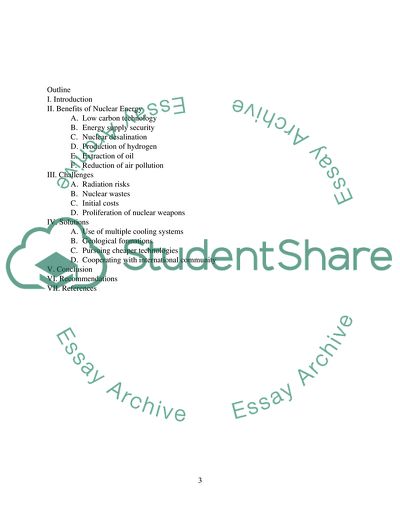Cite this document
(Harnessing Nuclear Power in Saudi Arabia Essay Example | Topics and Well Written Essays - 1750 words, n.d.)
Harnessing Nuclear Power in Saudi Arabia Essay Example | Topics and Well Written Essays - 1750 words. https://studentshare.org/engineering-and-construction/1844104-applications-of-nuclear-power-can-be-done-in-saudi-arabia
Harnessing Nuclear Power in Saudi Arabia Essay Example | Topics and Well Written Essays - 1750 words. https://studentshare.org/engineering-and-construction/1844104-applications-of-nuclear-power-can-be-done-in-saudi-arabia
(Harnessing Nuclear Power in Saudi Arabia Essay Example | Topics and Well Written Essays - 1750 Words)
Harnessing Nuclear Power in Saudi Arabia Essay Example | Topics and Well Written Essays - 1750 Words. https://studentshare.org/engineering-and-construction/1844104-applications-of-nuclear-power-can-be-done-in-saudi-arabia.
Harnessing Nuclear Power in Saudi Arabia Essay Example | Topics and Well Written Essays - 1750 Words. https://studentshare.org/engineering-and-construction/1844104-applications-of-nuclear-power-can-be-done-in-saudi-arabia.
“Harnessing Nuclear Power in Saudi Arabia Essay Example | Topics and Well Written Essays - 1750 Words”. https://studentshare.org/engineering-and-construction/1844104-applications-of-nuclear-power-can-be-done-in-saudi-arabia.


